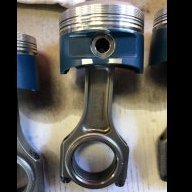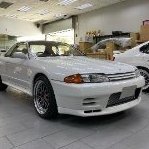Ummmm, My Car Has "issues..."
Announcements
-
Similar Content
-
Latest Posts
-
By drifter17a · Posted
Anyone found gates blue racing to be extremely tight/ almost impossible to install without moving the exhaust gear -
Hello am apex am new here and also thanks for helping registering the forum
-
Haven't checked if its been posted before, but another option Video does show how to remove existing. I would of liked to see the reverse camera with the steering wheel turned.
-
You can probably break everything and any point that's true. But with the "precautions" of building the entire engine and everything around it and with a solid tune I wouldn't expect that to happen right of the bat. 😛






Recommended Posts
Create an account or sign in to comment
You need to be a member in order to leave a comment
Create an account
Sign up for a new account in our community. It's easy!
Register a new accountSign in
Already have an account? Sign in here.
Sign In Now